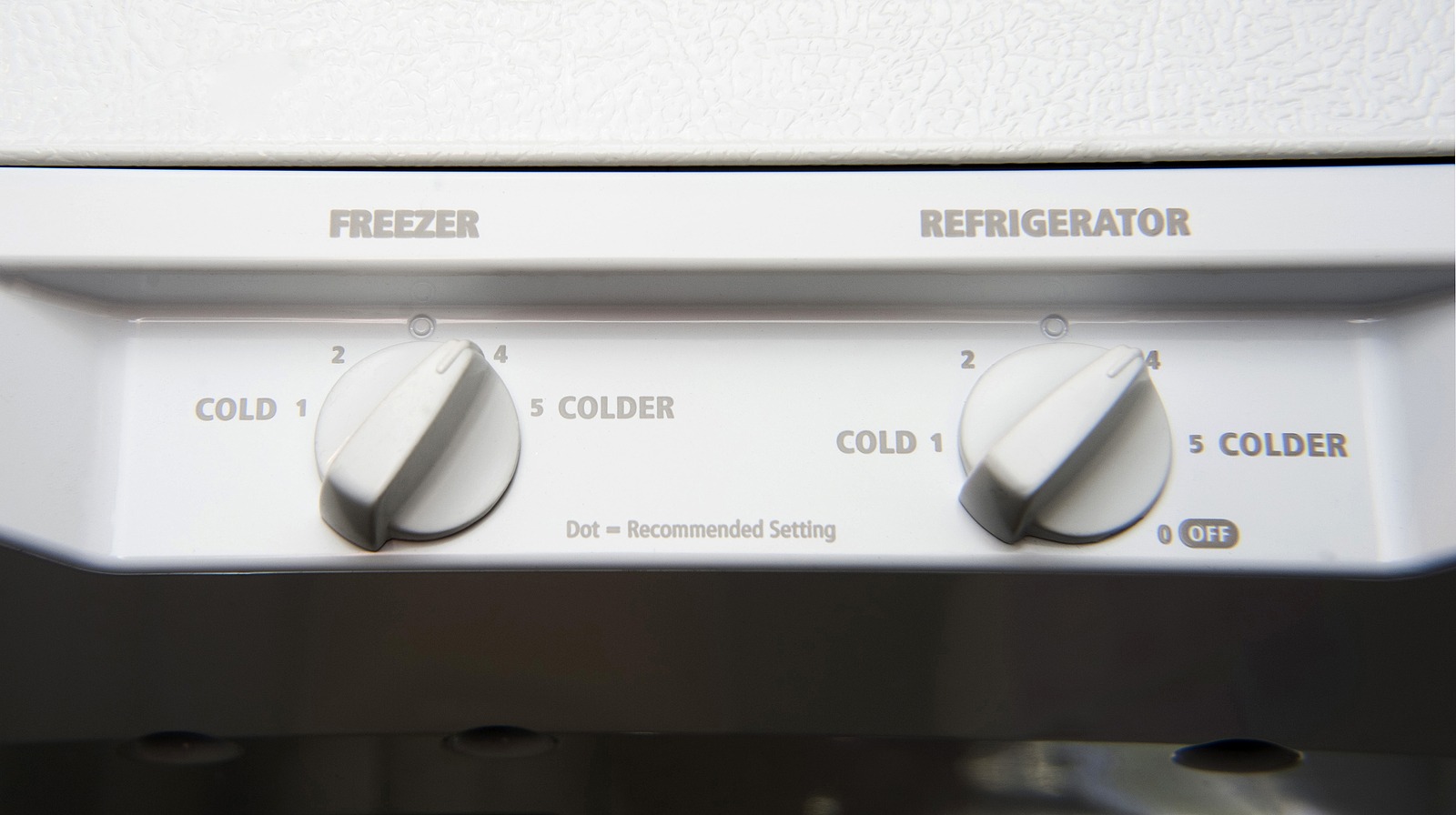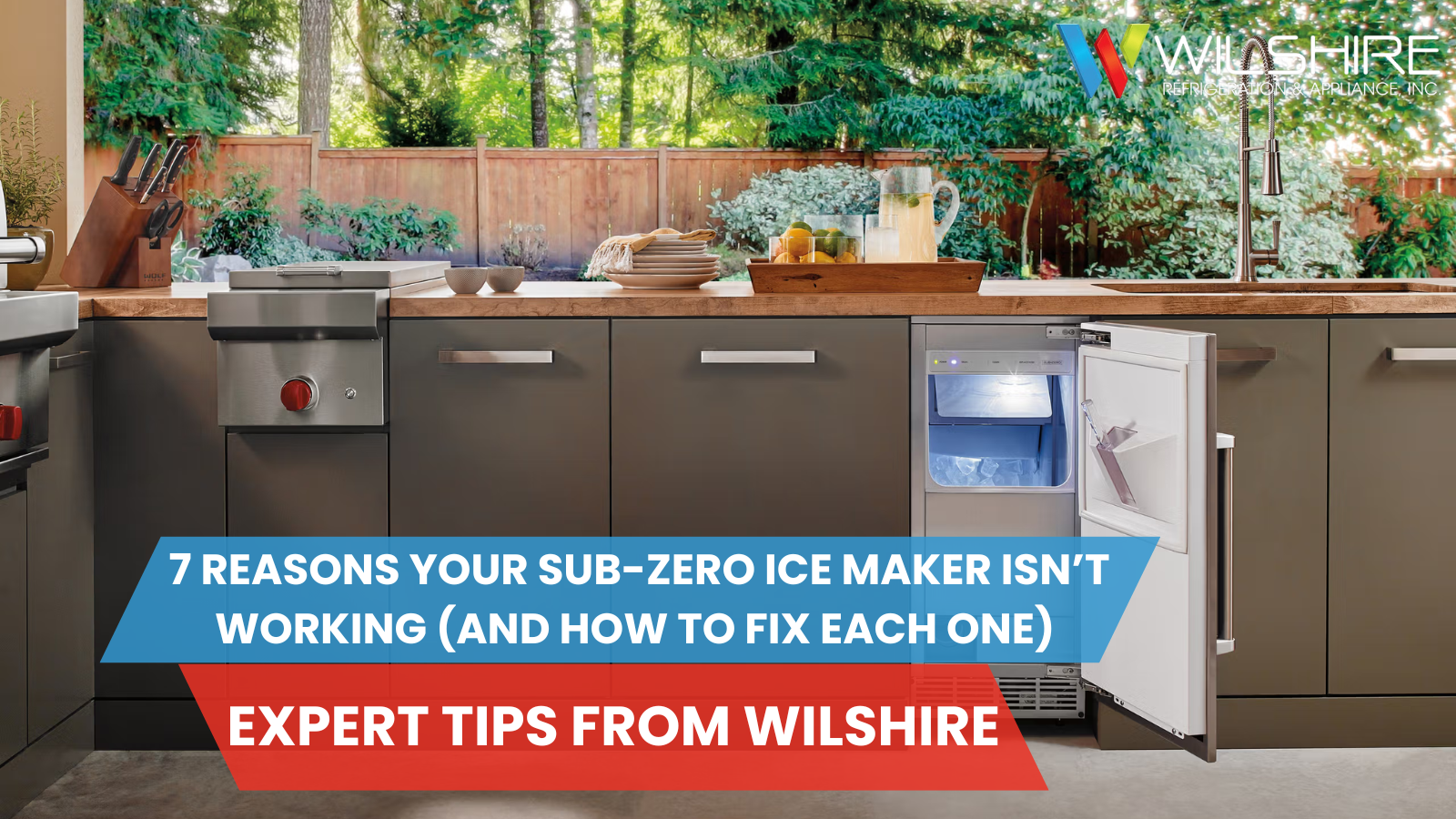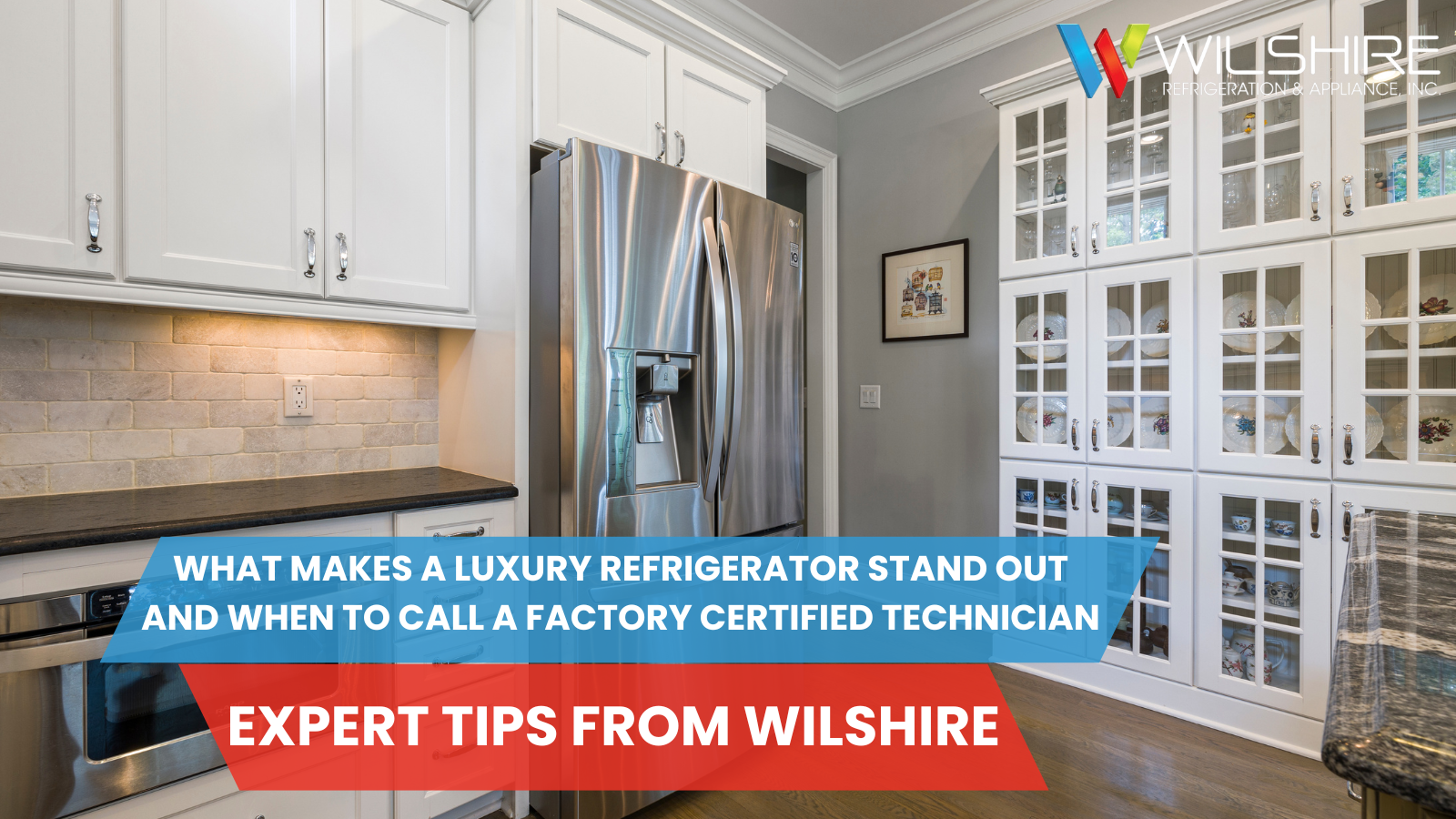When a refrigerator thermostat is not working, it can cause the entire appliance to malfunction. The thermostat controls the compressor to keep the temperature cold. If not, you may deal with an inconvenient breakdown and perishable food can spoil. Here are some signs that your fridge has a faulty thermostat and some troubleshooting tips to help you deal with them.
The Refrigerator Is Not Cool Enough
The thermostat is designed to regulate temperature to chill food and beverages. If items don’t seem as cool as they should be, reset the refrigerator thermostat by raising it a degree. It should then turn on or restart. But if it does not, there may be a technical malfunction. To correctly reset the system, unplug the appliance before adjusting the thermostat. If this doesn’t resolve the problem, contact a refrigerator repair technician specializing in your brand of refrigerator.
Unusually Cold Refrigerator
If food freezes inside the fridge or its compartments, the cause may be a faulty thermostat. You can use an appliance thermometer to check the thermostat, or try increasing the temperature a couple of degrees. Then wait a day to check whether the food has become unfrozen. However, this problem often requires the help of a repair specialist and replacement of your old thermostat.
Refrigerator Temperature Fluctuation
The best temperature for a refrigerator is between 30°F and 40°F, but even slight fluctuations can spoil food and allow disease-causing microbes to grow. Refrigerator temperature should be at or below 40°F to keep perishable food cool and fresh, according to the U.S. Food and Drug Administration (FDA). Additional information on recommended temperatures can be found in your appliance manual. If you periodically check the fridge’s temperature, don’t use a glass thermometer, as cold temperatures can damage it.
Sub-Zero Refrigerator Temperature Troubleshooting Tips
Thermostat problems aren’t always the cause of issues with your refrigerator’s temperature. These troubleshooting tips can help figure out why you have a warm refrigerator and determine what course of action to take:
- Check the set point temperature – For units with an electronic control panel, it should read 38°F. If your fridge has a manual dial, the setting should be between 4 and 6 (it goes from 1, the warmest, to 10, the coolest). Dial controls are featured on Sub-Zero’s 200, 300, and 500 Series refrigerators.
- Clean the condenser – If you haven’t done so in the past 6 months, dirt may have collected on the condenser coils, affecting refrigerator performance and efficiency. Cleaning the inside of the fridge regularly also helps protect the appliance and prevent the growth of bacteria.
- Inspect the refrigerator door – A damaged seal or gasket can cause cold air to leak, making it warmer inside and potentially impacting the freshness and safety of food. Also check for damage to the fan, condenser, compressor, or evaporator.
If you’ve taken these steps and still have a warm refrigerator, contact a Sub-Zero refrigerator repair service to find the cause of the problem and provide the appropriate remedy.
Contact Wilshire Refrigeration
Wilshire Refrigeration is factory-certified to repair Sub-Zero appliances. We are open during the coronavirus pandemic to provide refrigerator service and provide any necessary repairs or maintenance. Our professional technicians are available for no contact service (following social distancing, equipment sanitization, and other CDC guidelines) while being ready to ensure you get the service you need. We are trusted for refrigerator thermostat repair and other appliance services in Los Angeles and throughout Southern California.
If you notice any of the signs of refrigerator thermostat trouble mentioned above, and our tips haven’t helped solved the problem, contact Wilshire Refrigeration at 800-427-3653 to schedule a visit.




